Types Of Hiking Boots And Hiking Shoes
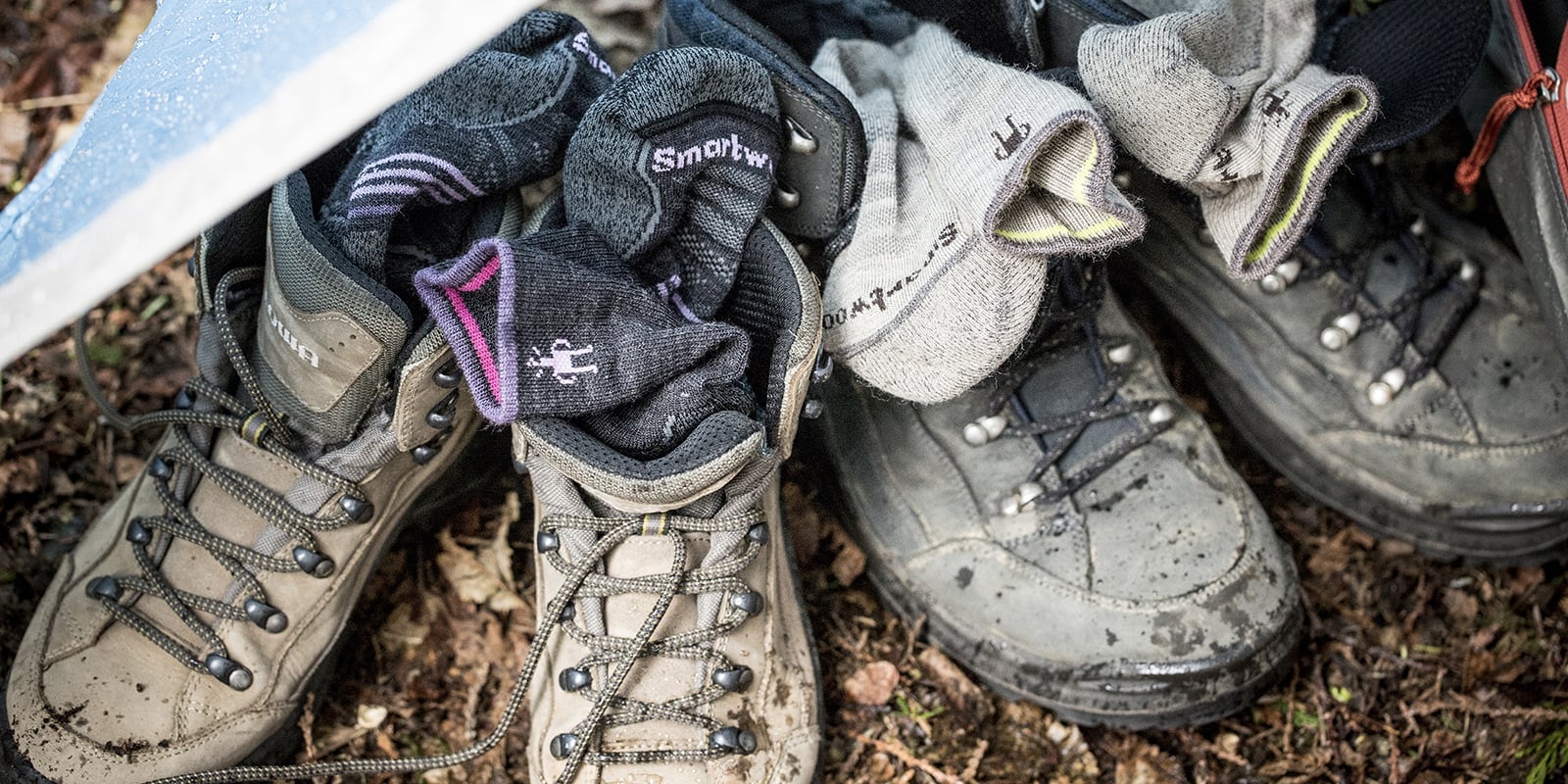
There are numerous types of hiking boots and hiking shoes, and the decision can be confusing. While there are a few sorts of hiking footwear that won't fit perfectly into any classification, I will talk about hiking footwear as far as four classes, in light of the general sort of hiking for which they work best.
1. Hiking shoes and sandals. For short strolls in the outside, for thumping around in camp, and for simple breaks in a generally genuine climb.
2. Day-hiking boots. For moderate hiking, for example, day climbs or short climbs in harsh nation.
3. Hiking boots. For multi-day hiking trips.
4. Mountaineering boots. For the most genuine hiking, hiking, and ice climbing.
As you climb the size of classes, you additionally climb in cost. That implies you need to give progressively genuine idea and accomplish increasingly cautious shopping the higher up the scale you look. Be that as it may, before you start your genuine shopping, understand what types of hiking boots are accessible so you will be certain you are searching for the correct kind.
Try not to be frightened away by the costs, and don't tragically assume that you needn't bother with particular reason hiking boots. You most likely needn't bother with $200 mountaineering boots, however that doesn't mean you should attempt a twelve-mile day climb in your sneakers, either. In this article, you will figure out how to choose which general sort of hiking boots are directly for what you need to do. At that point you'll be set up to look further into precisely what you need.
Hiking Shoes and Sandals

Hiking shoes can be multi-reason footwear. In the event that you are new to hiking, and arranging just short climbs on well-looked after trails, you may as of now have appropriate footwear. Cross coaches or any sensibly solid shoe might be appropriate for light hiking.
Shoes explicitly intended for trail running and light hiking ordinarily rise somewhat higher than traditional tennis shoes, and they more often than not have a "scree neckline" (a neckline of cushioning around the lower leg to keep rocks out). They are typically not waterproof, however they might be fairly "water safe," and the track isn't extremely forceful.
Hiking shoes are appropriate for short climbs on sensibly dry, sensibly smooth trails where you won't convey a lot of weight. In the event that you will cross streams, climbing steep inclines, strolling on day off ice, or conveying more than around twenty pounds of apparatus, you ought to likely investigate day-hiking boots or hiking boots.

Hiking sandals are an uncommon class of hiking footwear. At the point when you think about the four primary motivations behind hiking shoes - warmth, insurance, footing, and keeping dry - sandals may appear to be a joke. In any case, reconsider.
Clearly, you're not hiking in winter in hiking sandals, so keeping your feet warm is simply not a thought that hiking sandals address. Sandals do shield the bottoms of your feet from unpleasant surfaces and sharp articles, yet they can't shield the sides of your feet from rocks and brush. They likewise give great footing.
Be that as it may, shouldn't something be said about keeping your feet dry? Try not to chuckle! No, sandals won't keep the water out as you swim over a stream, yet neither will they keep the water in when you venture out of the stream. Numerous climbers convey sandals in their knapsacks and change to them at whatever point they cross a stream that they know will overtop their hiking boots.
In the event that all you will do is short climbs on generally clear, level trails in warm climate, sandals are worth at any rate a little thought. All the more significantly, on the off chance that you need a couple of hiking shoes to change out in the center of a long, genuine climb, hiking sandals likely could merit the space they take up in your rucksack.
Day-Hiking Boots
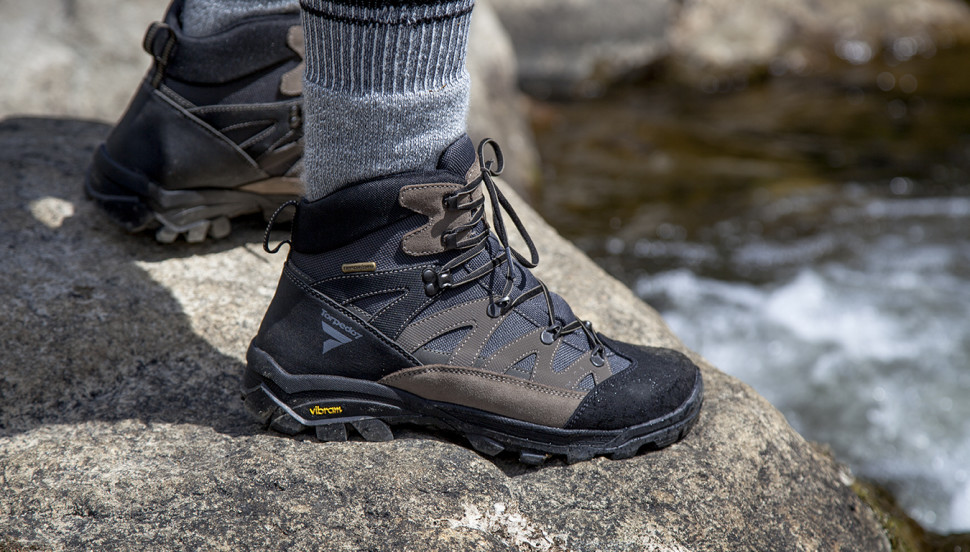
Day-hiking boots are reason intended for hiking. In the event that you are wanting to do any direct hiking, for example, throughout the day climbs or short climbs on tough trails, you should give some genuine idea to your footwear.
Day-hiking boots regularly rise simply over the lower leg, and they generally have a cushioned "scree neckline." They ordinarily have a genuinely firm fiberglass shank to strengthen the sole and curve bolsters. The tongue is halfway connected, some of the time completely joined, to give waterproofing.
Day-hiking boots about consistently have snares for the bands on the upper piece of the boot. Some have eyelets right to the top, however these are difficult to keep appropriately fixed.
Be careful with impersonations! The design business has gotten on to the style of hiking boots, and you will discover numerous shoes that resemble hiking boots, however are more qualified to hanging out at Starbucks than to hiking the boondocks. Look carefully, and you can tell the genuine hiking boots from the wannabees:
* Scree neckline
* Solid shank
* Connected or in part appended tongue
* Really forceful track
None of these highlights show when you're simply looking cool, so the impersonation hiking boots don't have them.
Hiking Boots
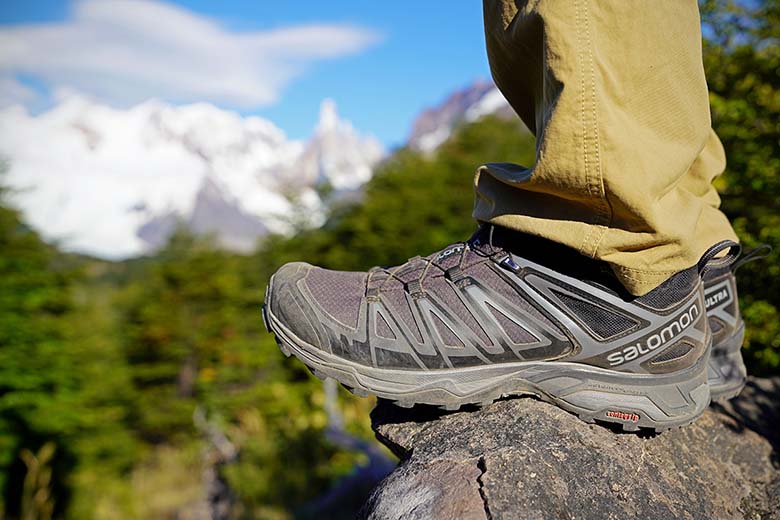
Exploring boots are intended for long wear under genuinely unforgiving conditions. On the off chance that you are wanting to do a great deal of hiking, particularly multi-day hiking outings or throughout the day climbs on unpleasant trails, you will need hiking boots. And don't be put off by the costs: A hundred-dollar pair of boots that keeps going five years is less expensive than purchasing a forty-dollar pair each year. And progressively agreeable, as well.
Hiking boots for the most part rise well over the lower leg. High-ascent boots, similar to military-style "battle boots," might not have a cushioned "scree neckline," however lower-rise boots will have one. They have an unbending shank, which might be fiberglass or steel, to give solidness and curve support. The tongue might be mostly appended on elevated structure boots, or completely connected on lower boots. Exploring boots consistently have a forceful track structure.
Many hiking boots have eyelets for the bands as far as possible up. This makes the boots harder to put on and take off. It additionally makes the bands more hard to change than if they had snares, however the eyelets are less inclined to getting on brush or getting twisted shut when you slam your leg against a stone. D-rings, utilized on the upper pieces of some hiking boots, are a decent bargain. They are less inclined to harm than snares, however more effectively movable than eyelets.
There are uncompromising boots out there that are not reasonable for hiking. Work boots can be fundamentally the same as hiking boots in everything about the track. When picking exploring boots, ensure the track is intended for the trail and not for the workshop.
Mountaineering Boots
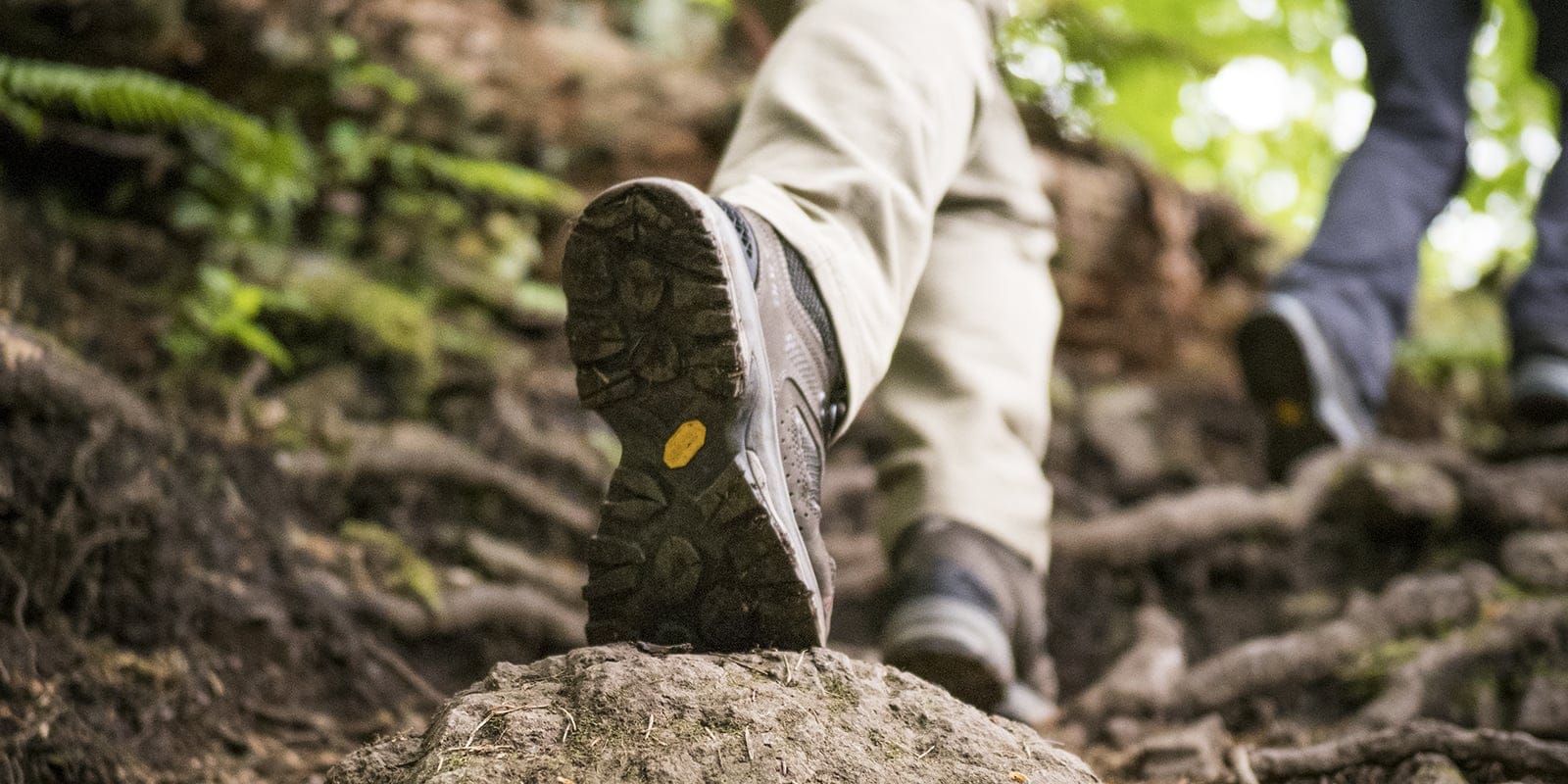
Mountaineering boots are exceptionally intended for genuine endeavors in crude and rough conditions. The expression "mountaineering boots" by and large likewise incorporates such specific footwear as ice-ascending boots.
I'll be totally straightforward here (propensity for mine): I have no close to home involvement with mountaineering boots, nor with the conditions that require them. So I don't have a lot to inform you regarding them other than that they exist and that, contingent upon your necessities, they might be what you need. At the point when you are prepared to investigate mountaineering boots, I can just encourage you to search for reasonable guidance.
Mountaineering boots are commonly totally unbending, made of thick, substantial calfskin or shaped plastic. They are very substantial, and hard to stroll in under most ordinary conditions.
Try not to be oversold. In the event that you are searching for hiking boots, you needn't bother with particular reason mountaineering boots. This is one situation where purchasing more hiking boot than you need can really be an awful thing. Mountaineering boots are what you need for ascending Mount Everest, however not for hiking in the run of the mill National Park.
Conclusion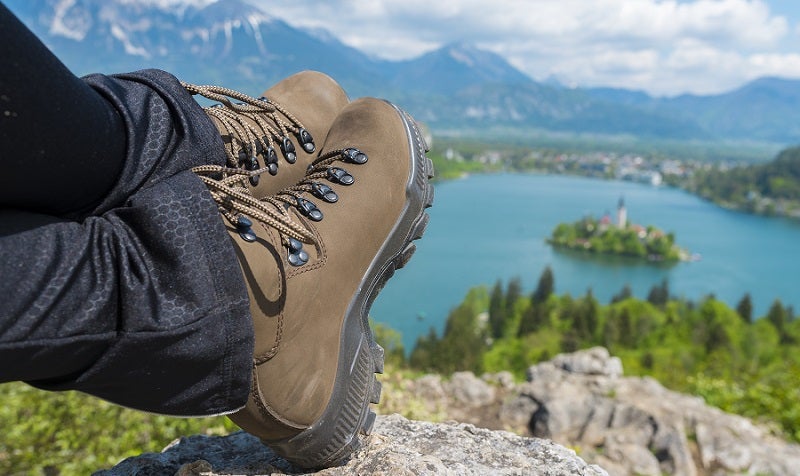
Presently you realize now to perceive the four fundamental types of hiking boots. That will help you in your inquiry. Pick the kind of boot that is directly for the sort of hiking you are wanting to do, at that point go do it!
